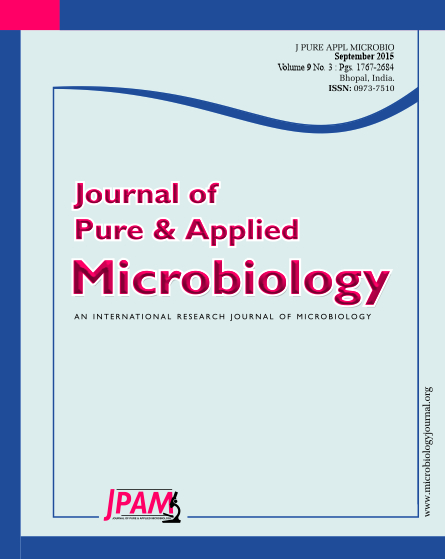Cotton which known as a ‘white gold’ as it has predominant position amongst all cash crops in India. But cotton suffers from a number of fungal and other diseases in Gujrat. Wilt caused by Fusarium oxysporum and root rot caused by Rhizoctonia solani is the most important fungal diseases that provide economic yield loss to farmers. For the control of fungal diseases the use of chemical fertilizers had led to many serious problems, forcing scientists to explore other alternatives. In last few decades many biocontrol agents were found but not been able to survive and not that much effective when applied in to the field condition. To resolve this problem there is a needs to find out such biocontrol agents which is native to the soil ecosystem and shows better survival when applied to the field. Possible way of this constrain is the use of plant growth promoting rhizobacteria (PGPR) as a biocontrol agents. PGPR are universally known to enhance the adaptive potential of their host’s plants. The primary aim of this study was to isolate and characterize rhizoplane bacteria associated with native cotton species from soil of Saurashtra region which possess antifungal activity. In this research twelve anti-pathogenic PGPR bacterial isolates which were successfully isolated from cotton rhizosphere were evaluated for their PGP activities.
Plant Growth Promoting Rhizospheric Bacteria (PGPR), Bio Control, Nitrogen Fixer, Phosphate Solubilisation, Siderophore Producer, IAA Producer, ACC Deaminase Activity, Exopolysaccharide Producer.
© The Author(s) 2015. Open Access. This article is distributed under the terms of the Creative Commons Attribution 4.0 International License which permits unrestricted use, sharing, distribution, and reproduction in any medium, provided you give appropriate credit to the original author(s) and the source, provide a link to the Creative Commons license, and indicate if changes were made.


